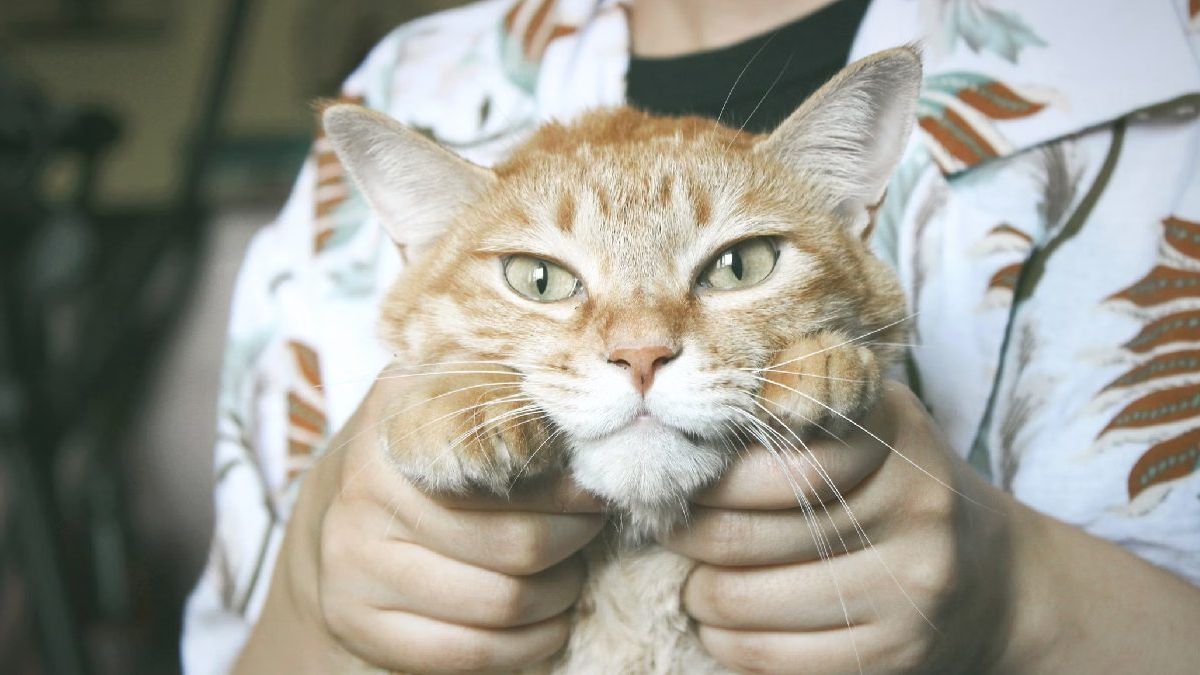By 2030, China’s urban pet population is projected to surpass the number of young children, driven by declining birth rates and the growing preference for pet ownership among younger citizens. The shift highlights significant cultural and economic changes within the country.
China’s urban pet population is projected to surpass the number of young children by 2030, according to a Goldman Sachs report.
This shift is attributed to declining birth rates and a growing preference for pets among younger Chinese citizens. Photo

Photo Credit: Unsplash
Pet Ownership Trends In China
The report forecasts that by 2030, China’s urban areas will host nearly 70 million pets, while the number of children aged four and below will drop to less than 40 million. This marks a significant change from 2017 when there were 90 million children under four compared to about 40 million urban pets, as reported by Firstpost.
Goldman Sachs anticipates that the rise in pet ownership will drive the pet food market to $12 billion by the end of the decade. The report also predicts that cats will become more popular than dogs due to their lower space requirements.
Economic Impact
The booming pet economy in China includes sales of food, toys, healthcare, and other services. The China Pet Industry Operation Status and Consumer Market Monitoring Report estimates that this market could reach 811.4 billion yuan ($113.6 billion) by 2025, up from 592.8 billion yuan last year and 295.3 billion yuan in 2020.
Despite this growth, pet ownership in China still lags behind developed countries like Japan and the United States. Japan has around 20 million pets, nearly four times the number of children aged four and under.
Cultural Shifts
Lin Zhang, a University of New Hampshire professor who studies entrepreneurship and the digital economy in China, commented on these trends. “I am not very surprised to hear about Goldman Sachs’ forecast,” she said. “We could observe similar trends in early developed countries in Europe and East Asia,” as reported by Firstpost.
Zhang noted that pets serve as companions for unmarried and childless youth as well as senior citizens whose children live separately. She added, “In general, I think China’s going through a cultural transformation related to its rising living standards that people start to find cultural meaning in pets instead of treating them more as functional animals like in traditional agricultural society.”
Demographic Concerns
China’s declining birth rates are a major concern. The country’s population was 1.409 billion at the end of last year, down by 2.08 million from 2022. In 2023, only 9.02 million births were recorded—the lowest ever.
Goldman Sachs predicts that China’s population will shrink at an average rate of 4.2 per cent until 2030 due to fewer women aged 20 to 35 years and a general reluctance among younger people to have children.
Government Initiatives
The Chinese government is attempting to reverse this trend by offering incentives such as cash gifts for newlyweds and subsidies for fertility treatments and childcare. However, these measures have not been very effective so far, as reported by Firstpost.
Content creator Emily Huang expressed her concerns about starting a family due to financial pressures. “I wouldn’t choose to spend a part of my income on children because it’s expensive,” she told Business Insider in February. “I feel like with my current level of income, I can’t retire comfortably anytime soon.”
The reluctance among young Chinese to marry is also contributing to the demographic crisis. Although new marriages increased by 12.4 per cent in 2023 compared to the previous year, over half of people aged between 25 and 29 remain unmarried. This demographic shift highlights significant cultural changes within China as it grapples with economic challenges and evolving societal norms.

